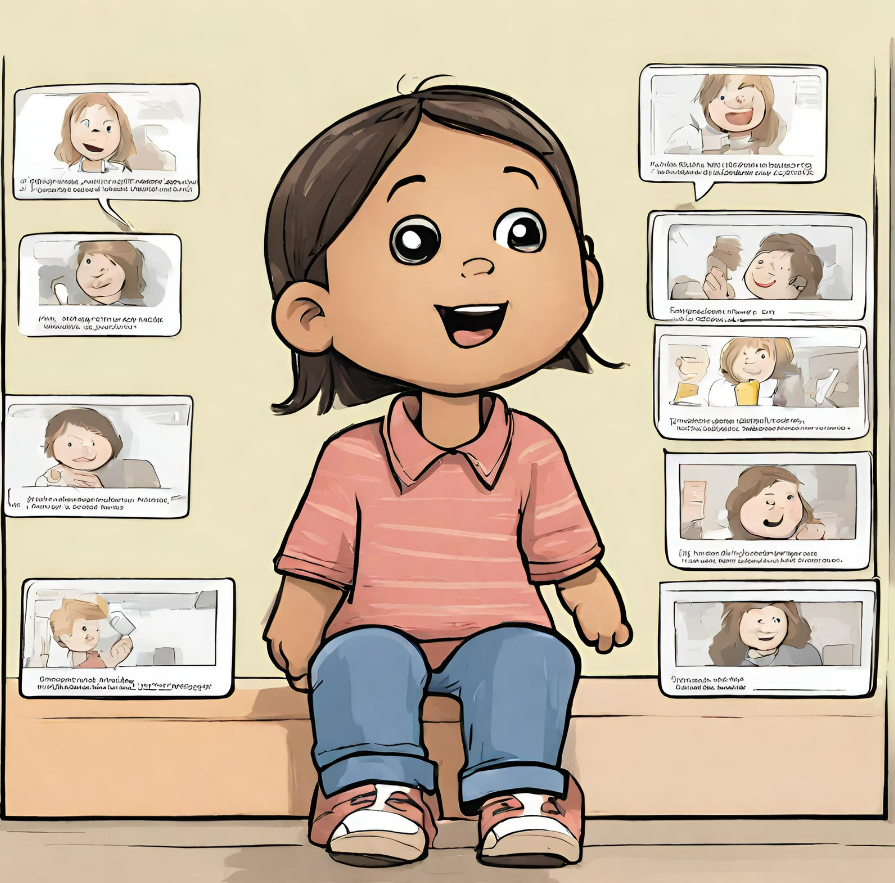AI-powered Speech Intelligibility Assessment for Children: A proof-of-concept Study
Project Goals
The clarity of speech is crucial for effective communication, particularly in young children whose social and academic growth can be significantly impacted by how their speech is understood by others in real-life. While most kids with normal hearing naturally articulate well by age four, those with hearing loss often struggle, making it important to assess speech improvements after using hearing devices. Traditionally, this speech assessment involves different inexperienced listeners listening to children’s speech and writing down what they say. Although considered more accurate than another method known as rating scale, the transcription method tends to be time-consuming and can vary among evaluators. This research project aims to streamline the process by developing an AI-based method, aiming for human-level reliability while delivering faster and consistent results.
Key findings
In our study, we evaluated different AI transcription models to find the most accurate one for converting children’s speech into written text. Using this selected AI model, we transcribed speech samples from children both with and without hearing loss and scored the accuracy of each sentence. Remarkably, the AI method showed a high level of consistency when compared to transcriptions by human listeners. Furthermore, our study suggests that this AI method can distinguish speech clarity among children with normal hearing, children using hearing aids, or those with cochlear implants. Although machine learning, another form of AI, showed its capability in differentiating speech clarity among children with and without hearing loss, it did not match the accuracy of the top-performing AI-based transcription model. Our preliminary findings are promising, suggesting that the AI method can be an effective tool for assessing children’s speech clarity, similar to human evaluation. It has the potential to revolutionize a reliable and efficient way to evaluate speech clarity and monitor its development in children, both in clinical settings and at home environment.


